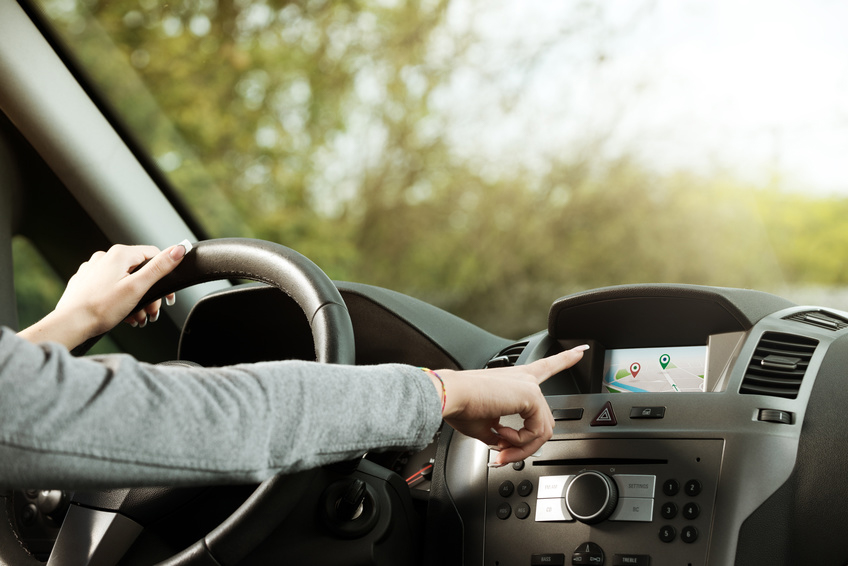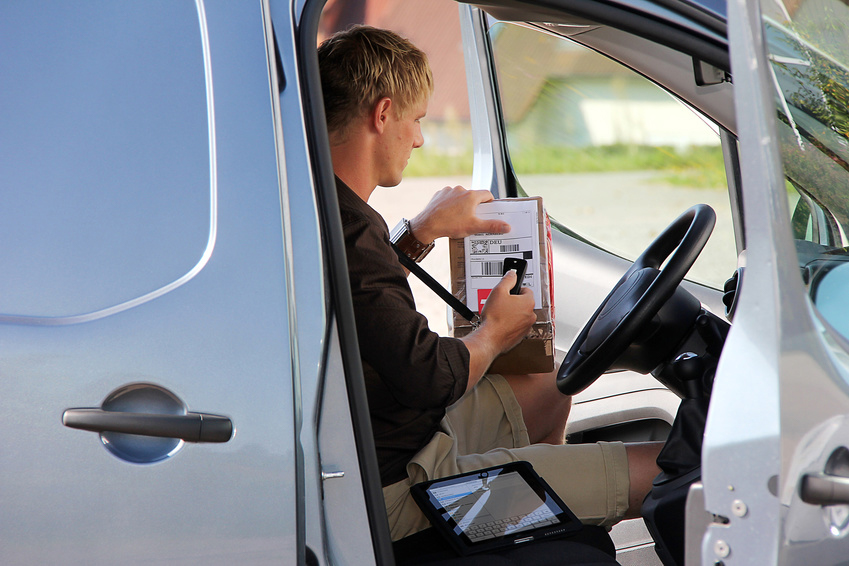The journey of recorded delivery

30 September 2016
The novelty of buying products online and having them delivered directly to the front door has well and truly worn off. It’s now so normal that some people shop exclusively in this way, securing everything from clothing and electronics to takeaways and groceries via their favourite retailers’ websites.
Without visibility of the whole chain, it’s pretty easy to take it all for granted; the customer clicks ‘buy’, waits a day or few and opens the door to a knock from the courier. From the retailer’s perspective, things are a little more complex, but it’s still easy to forget how much goes into getting a product from A to B.
Stage 1: The purchase and order
It all begins with a click. Having done their research, the consumer commits to buying a product, or perhaps even a few, and an order is automatically generated with the retailer. This electronic order will pair all of the relevant product information (name, colour, quantity etc.) with the customer’s name and details, adding an order number to group everything together. From here on in, this number will be essential.

Stage 2: Picking and personalisation
The order will automatically be cross-checked with the seller’s stocking system to ensure it can be completed. Assuming the stock is available, a picking request will go to the warehouse team, to be fulfilled within an agreed turnaround time – often hours rather than days.
Is the order going out as it is, or is personalisation required? The answer to this will determine whether any extra time is needed. If elements of the order are bespoke – even if it’s just gift-wrapping, engraving or professional configuration – the item can be diverted accordingly.
Stage 3: Delivery management
Next up, it’s time to get the delivery ball rolling. If a third-party courier company is being used, the product will be passed over with the relevant order information. If it’s being done in-house, it’ll go to the appropriate team for planning.

This planning stage is all about making the delivery process as swift and efficient as it can be. With the help of
GPS technology and driving mapping data from past work, the courier can plot the best possible route, ensuring everything is delivered on time. The end result is not only a happy customer who may well order again, but also minimised fuel costs and no unnecessary stress for the driver.
Stage 4: Delivery, and proof of it
With a well-thought-out plan in place, the drivers are on their way with their vehicles full of packages. They follow the pre-planned route as closely as possible to make every drop. At the point of handing over, the driver will be required to log the delivery, for all parties’ benefit. The best way to do this is undoubtedly
Electronic Proof of Delivery, or ePOD.
Signature capture has long been an important part of the delivery process: it confirms for everyone that the process has been completed and that, bar a return or complaint, the order is ready to be closed. Traditionally this would have been done using pen and paper, with the driver required to file their forms manually back at base. ePOD, however, has drastically refined the process.
Confirmation is collected via a digital touchscreen, with the data automatically uploaded to the wider system. This information is made available in real-time, meaning it can be used to gain a valuable overview of the driver’s work each day – you can see the route they’ve taken, the distance between each drop and a whole lot more.

ePOD also gives the driver – and even recipient – the ability to register any relevant additional information. If, for example, the customer refuses delivery of their product because the package appears damaged, this can be logged with images. The photographs can be attached to the order file for reference later on. The driver may also provide evidence of leaving the parcel in a safe place, to avoid confusion further down the line – it’s all about accounting for care of delivery.
Stage 5: Beyond the delivery (optional)
Having all of this data recorded electronically and made easily accessible almost immediately can only help when it comes to returns and complaints. If a customer wants to return an item, the file is there and ready to pull back up and reopen – there’s no chance that it has gone missing or has been damaged. If a complaint is made to the courier company or even the retailer about anything to do with the delivery process, all of the evidence is there – whether it’s pictures of the package’s condition or the signature of a neighbour who accepted delivery.
The order process of a typical ecommerce company is longer and more complex than many people realise; a lot happens in the space of just a few days to ensure products are delivered as and when expected. The fact that there are so many variables means the chances of error and delay are increased, but there are ways to
bring them back down again, and ePOD is a prime example.